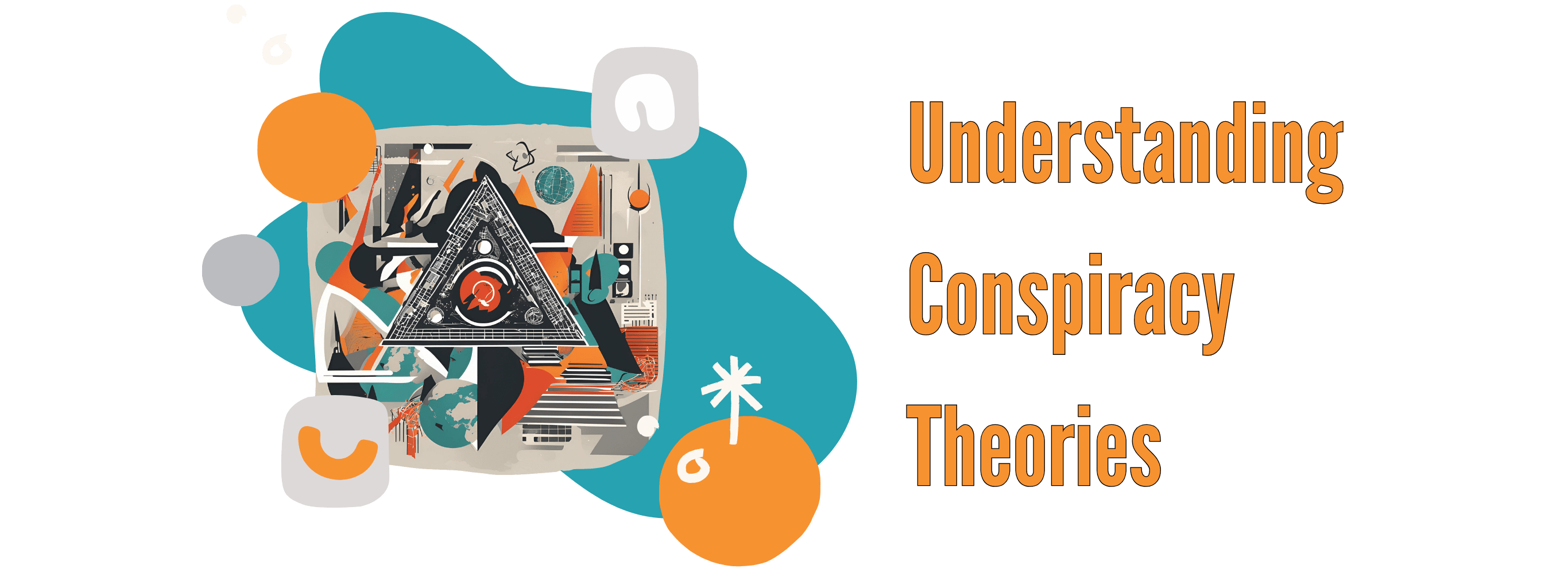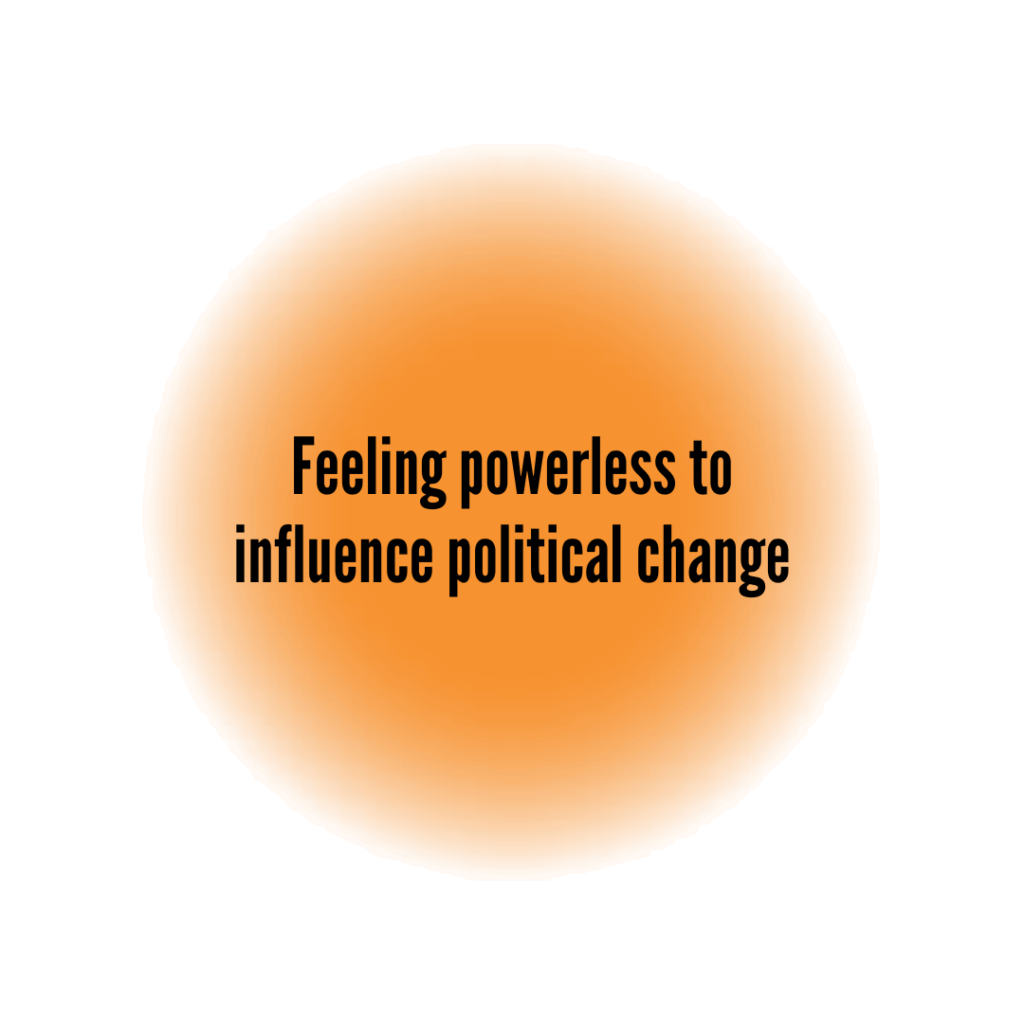These are some examples of ones many of us are familiar with. While some conspiracies are real–like Watergate or the FBI’s surveillance of John Lennon–conspiracy theories exist in a gray area between fact and fiction. Their plausibility often hinges on the existence of genuine conspiracies, which can make even far-fetched theories seem credible. While believing in conspiracy theories can be harmless, some conspiracy theories promote violence as a valid or even necessary response. Here is our guide to understanding conspiracy theories.

🛸 Area 51 is home to secret government experiments on aliens.
👣 Bigfoot is real.
🌑 The moon landing was faked.
All violent extremist beliefs function like conspiracy theories.
Some examples include:
- The federal government is not a legitimate government elected in a democratic process.
- The government is excessively controlled by powerful elites.
- Drag queens are grooming children through library story hours.
Conspiracy theories do not respond to fact, data, or evidence. There are generally seven defining features:
What may lead a loved one to believe these things?
What should you do if your loved one espouses these beliefs?
- Change the subject – Discussing it provides them the opportunity to advocate for these theories. It’s okay to say, “I don’t want to talk about this, but I’m happy to talk about (unrelated topic).”
- Set boundaries – Let them know hateful, derogatory language is not acceptable in your household. If you’ve attempted a change of subject and they persist, set boundaries by letting them know you will leave if they don’t stop. Should they continue, get up and leave the discussion.
- Affirm their critical thinking – Conspiracy theorists believe they are critical thinkers that aren’t deceived by mainstream explanations. By emphasizing their ability for critical thinking, you may be able to get them to use those perceived strengths against the conspiracy theory itself. Use the perceived strength to ask how they have investigated evidence that supports the theory.
Avoid
- Trying to respond with facts or evidence – Discussing it provides them the opportunity to advocate for these theories. It’s okay to say, “I don’t want to talk about this, but I’m happy to talk about (unrelated topic).”








